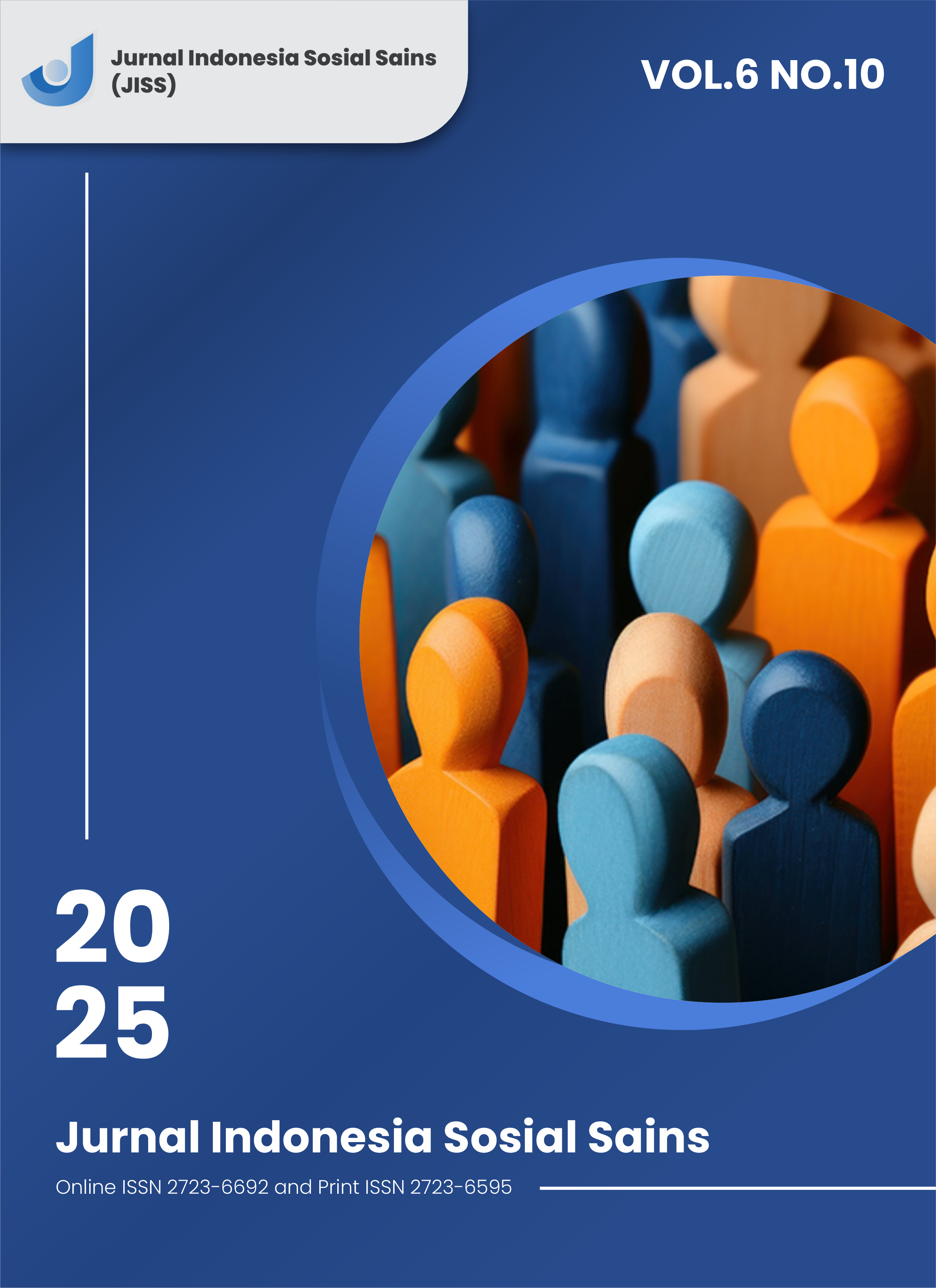Segmentation Of Medical Check-Up (MCU) Results Using K-Means Clustering for Health Risk Profile Identification
DOI:
https://doi.org/10.59141/jiss.v6i10.1901Keywords:
K-Means clustering, medical check-up, health segmentation, metabolic risk, positioningAbstract
Medical Check-Up (MCU) is one of the methods of early detection of metabolic and cardiovascular disorders. Computational analysis of MCU results data can be used to group individuals based on their risk profiles, thereby supporting more targeted promotive and preventive strategies. This study aims to identify the segmentation of individual groups based on the clinical parameters of MCU results using the K-Means clustering method, as well as evaluate the potential of each cluster as a target for health interventions, especially in the context of positioning preventive products or services. This study used secondary data on MCU results which included 13 variables: age, systolic and diastolic blood pressure, body mass index (BMI), total cholesterol, fasting blood sugar, HDL, LDL, triglycerides, urea, creatinine, uric acid, and gender from 294 sample data. The data was analyzed using the K-Means algorithm to group individuals based on the similarity of their health profiles. Cluster validation is carried out through clinical interpretation and the characteristics of each cluster center. From the results of the analysis, five clusters with different characteristics were produced. One of the prominent clusters is Cluster 2, consisting of middle-aged men (average 44 years old) with high levels of total cholesterol, LDL, and triglycerides, but blood pressure and blood sugar are still within normal limits. This condition indicates a moderate metabolic risk that is still reversible. This cluster is seen as strategic to be used as a target for the development of preventive health-based digital products and services. MCU outcome-based segmentation through the K-Means clustering method is effective in identifying specific health risk groups. Cluster 2 has great potential as the main target of preventive intervention programs because of its medical profile that can still be improved and psychographic characteristics that support acceptance of digital and promotional approaches
Downloads
Published
How to Cite
Issue
Section
License
Copyright (c) 2025 Syarifudin Syarifudin, Era Pamadia, Jerry Heikal

This work is licensed under a Creative Commons Attribution-ShareAlike 4.0 International License.
Authors who publish with this journal agree to the following terms:
- Authors retain copyright and grant the journal right of first publication with the work simultaneously licensed under a Creative Commons Attribution-ShareAlike 4.0 International. that allows others to share the work with an acknowledgement of the work's authorship and initial publication in this journal.
- Authors are able to enter into separate, additional contractual arrangements for the non-exclusive distribution of the journal's published version of the work (e.g., post it to an institutional repository or publish it in a book), with an acknowledgement of its initial publication in this journal.
- Authors are permitted and encouraged to post their work online (e.g., in institutional repositories or on their website) prior to and during the submission process, as it can lead to productive exchanges, as well as earlier and greater citation of published work.












